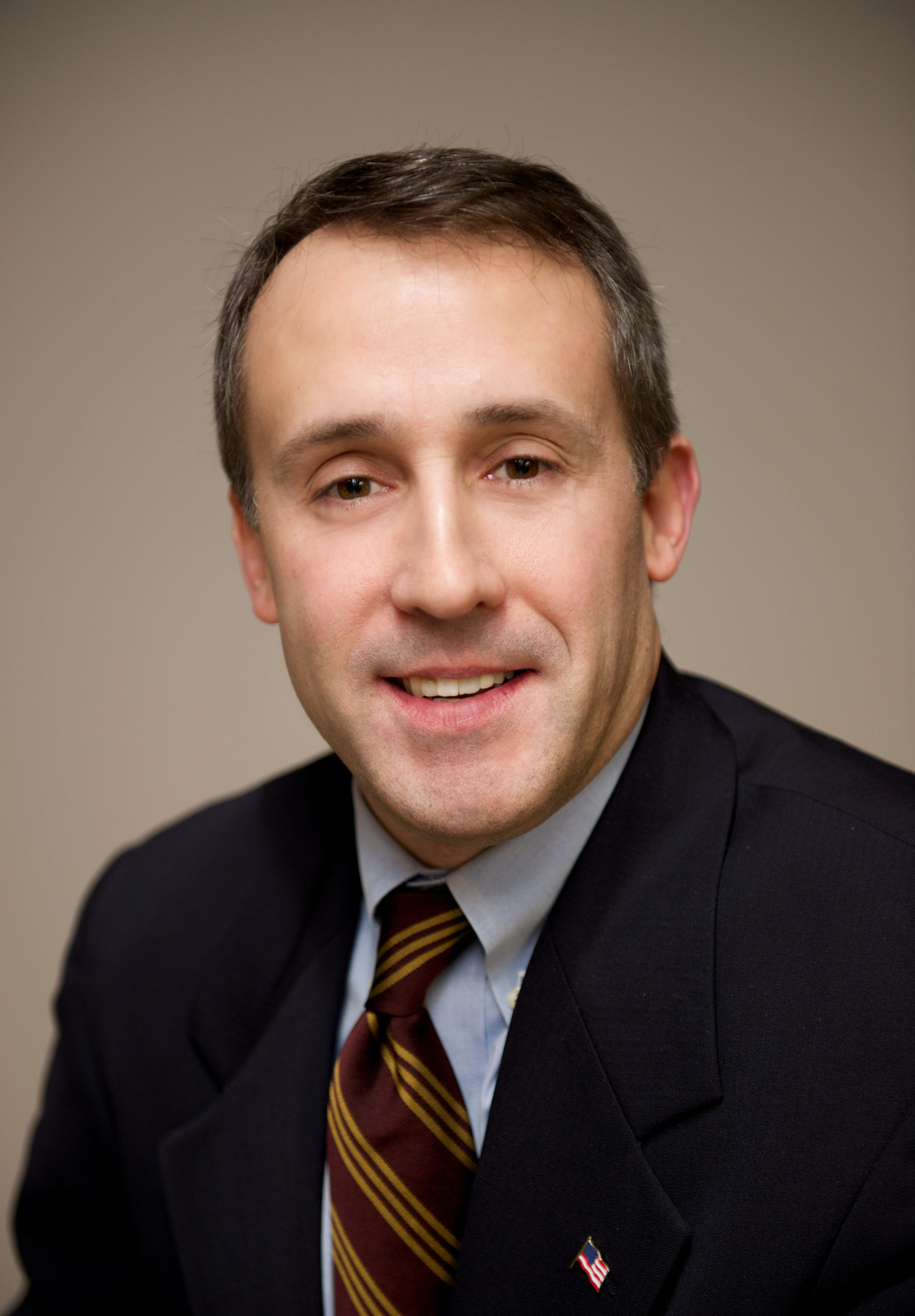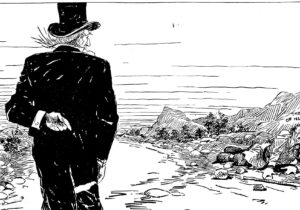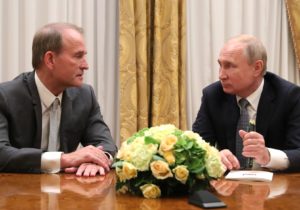Perhaps nothing in the federal budget is more vilified and less appreciated than foreign aid. The reason? Foreign aid has no well-heeled domestic interest group to defend it; it has little to show for when it comes to immediate, tangible benefits; and by definition, it takes finite federal resources away from America and diverts them overseas. So, it’s no surprise that foreign aid has long been a political punching bag.
What may be a surprise is that both President Barack Obama (the self-described “citizen of the world”) and President Donald Trump (the “America first” nationalist) have taken aim at foreign aid programs. And the American people have, by and large, shrugged. We aren’t stingy, but we’re certainly not “cheerful givers” either—at least not in recent years.
In early 2018, the always-transactional Trump called on Congress “to pass legislation to help ensure American foreign-assistance dollars…only go to America’s friends.” He returned to that same theme in his UN address in September 2018, noting that America is “the largest giver in the world, by far, of foreign aid. But few give anything to us. That is why we are taking a hard look at US foreign assistance… We will examine what is working, what is not working, and whether the countries who receive our dollars and our protection also have our interests at heart. Moving forward, we are only going to give foreign aid to those who respect us and, frankly, are our friends.”
The Trump administration has proposed cuts of between 28 percent and 37 percent of the State Department and USAID budgets; a 17 percent cut in the President’s Emergency Plan for AIDS Relief (PEPFAR) program; a 13 percent cut in development assistance for Africa; cuts to USAID programs that fund agriculture, water, and sanitation projects; and cuts in the US contribution to UN peacekeeping.
In 2017, when Trump unveiled many of these cuts, Office of Management and Budget (OMB) Director Mick Mulvaney explained, “We are going to propose to spend that money here.” In 2018, when Iraq gathered partner nations to begin a post-ISIS rebuilding process expected to cost $100 billion, the US pledged nothing. This is in keeping with Trump’s campaign promise that “the era of nation-building will be ended”—and with Obama’s “nation-building here at home” mantra.
Indeed, Obama, like Trump, proposed—and in some cases implemented—significant cuts to foreign aid programs. Obama’s 2012 budget blueprint called for a 6.7 percent cut in US diplomacy and development programs; a 20 percent cut to the African Development and Inter-American Foundations; and a 7 percent cut in funding for international organizations and peacekeeping. His 2014 budget proposed a 9 percent cut in foreign assistance for the Middle East and North Africa. From 2010 to 2013, US democracy assistance funding for Africa was cut by almost 20 percent. Between 2010 and 2015, democracy and governance funding for the Middle East was cut 21.6 percent. Between 2010 and 2015, USAID’s Global Health Program was “phased out” in 23 countries, and agriculture support programs were eliminated in 25 countries.
Yes, foreign aid represents tens of billions of dollars in federal spending. In an era marked by serious structural threats to America’s fiscal health, making cuts to federal outlays makes sense. However, both Trump and Obama have added massively to the national debt, making their eagerness to cut foreign aid a striking anomaly to an overall pattern of big spending.
And yes, Congress reversed some of the foreign aid cuts proposed by the White House in recent years. But that’s beside the point. Foreign aid as a share of GDP and federal spending is lower today than it was a decade ago—and far below where it was between the 1950s and early 1970s.
This “downward trend,” as the Congressional Research Service (CRS) calls it, is only “sporadically interrupted” as a result of unexpected events or short-term initiatives. CRS cites the creation of the Alliance for Progress for Latin America in the 1960s, the Israel-Egypt peace process in the late 1970s, and the creation of PEPFAR, the Millennium Challenge Corporation (see pages 18-21 here), and other development programs launched soon after 9/11. (The recently-passed BUILD Act, in a sense, pluses up certain elements of President George W. Bush’s Millennium Challenge Corporation, especially those elements focused on civil society promotion and market-based solutions to the economic problems that hinder emerging and developing countries. The BUILD Act, which Trump signed into law in early October of this year, aims to pursue poverty reduction and development for “countries in transition” through public-private partnerships and investment efforts that strengthen civic institutions, promote competition, provide for accountability and transparency, and offer “a robust alternative to state-directed investments by authoritarian governments.”)
The “downward trend” in foreign aid spending by the US government is not a function of the American people losing interest in foreign aid; after all, it has never been popular. More likely, it’s a function of presidents no longer defending foreign aid, explaining it, or connecting it to the national interest.
Precisely because foreign aid seldom delivers immediate payoffs, because it lacks a powerful advocacy group, because it is often shipped to friendless peoples in faraway places, the process of developing and deploying foreign aid depends on presidential leadership.
As Presidents Harry Truman and Dwight Eisenhower explained to the American people, foreign aid offers a path to a better world—which is undeniably in America’s interests—and sometimes simply a path to survival.
Consider PEPFAR and the President’s Malaria Initiative (PMI), both launched by Bush 43.
In 2003, Bush 43 reported that 30 million Africans suffered from AIDS, including 3 million children. Yet only 50,000 people on that forgotten continent were receiving needed treatment. In response, he proposed “a work of mercy beyond all current international efforts to help the people of Africa.” Today, PEPFAR supports lifesaving treatment for 11.5 million people, has prevented some 2 million infants from being born with HIV, and provides treatment for nearly 1.1 million children and critical care for 6.2 million orphans.
Launched in 2005, PMI is credited with protecting 30 million people from Africa’s deadliest killer—mosquitoes—by distributing bed nets and medicine. Thanks in large part to PMI, 6.8 million malaria deaths have been averted; malaria mortality has been reduced by 48 percent; and there has been a 37 percent decline in malaria cases.
Elsewhere, USAID built or rebuilt 2,943 schools in Iraq between 2003 and 2006. From 2006 to 2012, the State Department’s Bureau of Population, Refugees, and Migration helped 936,000 Iraqis return to their homes. Since 2014, the US has delivered $1.725 billion in humanitarian aid to Iraq. USAID has helped build 16,000 schools and train 154,000 teachers in Afghanistan, enabling 9.2 million Afghan kids to attend school—up from 900,000 in 2002. Forty percent of those kids are girls—up from zero percent in 2002.
USAID has led a worldwide partnership that has “helped to vaccinate 500 million children and save 7 million lives since 2001.” In the past decade, USAID delivered safe drinking water, sanitation, and water solutions for sustainable agriculture to more than 15 million people.
America does these things for its own good and for the greater good. Like Presidents William McKinley and Herbert Hoover, we must remember or perhaps relearn that humanitarian interventions and other forms of foreign aid serve as a reflection of our ideals. And like Presidents Truman and Eisenhower, we must recognize that foreign aid promotes our interests. We will discuss this confluence of interests and ideals in part three of this series.
—
Alan W. Dowd is a contributing editor to Providence and a senior fellow with the Sagamore Institute Center for America’s Purpose.
Photo Credit: Students at Nguzo Primary School in Morogoro, Tanzania, receive insecticide-treated bed nets as part of the School Net Programme on July 18, 2018. By Hannah Koenker for VectorWorks, via President’s Malaria Initiative (PMI).






